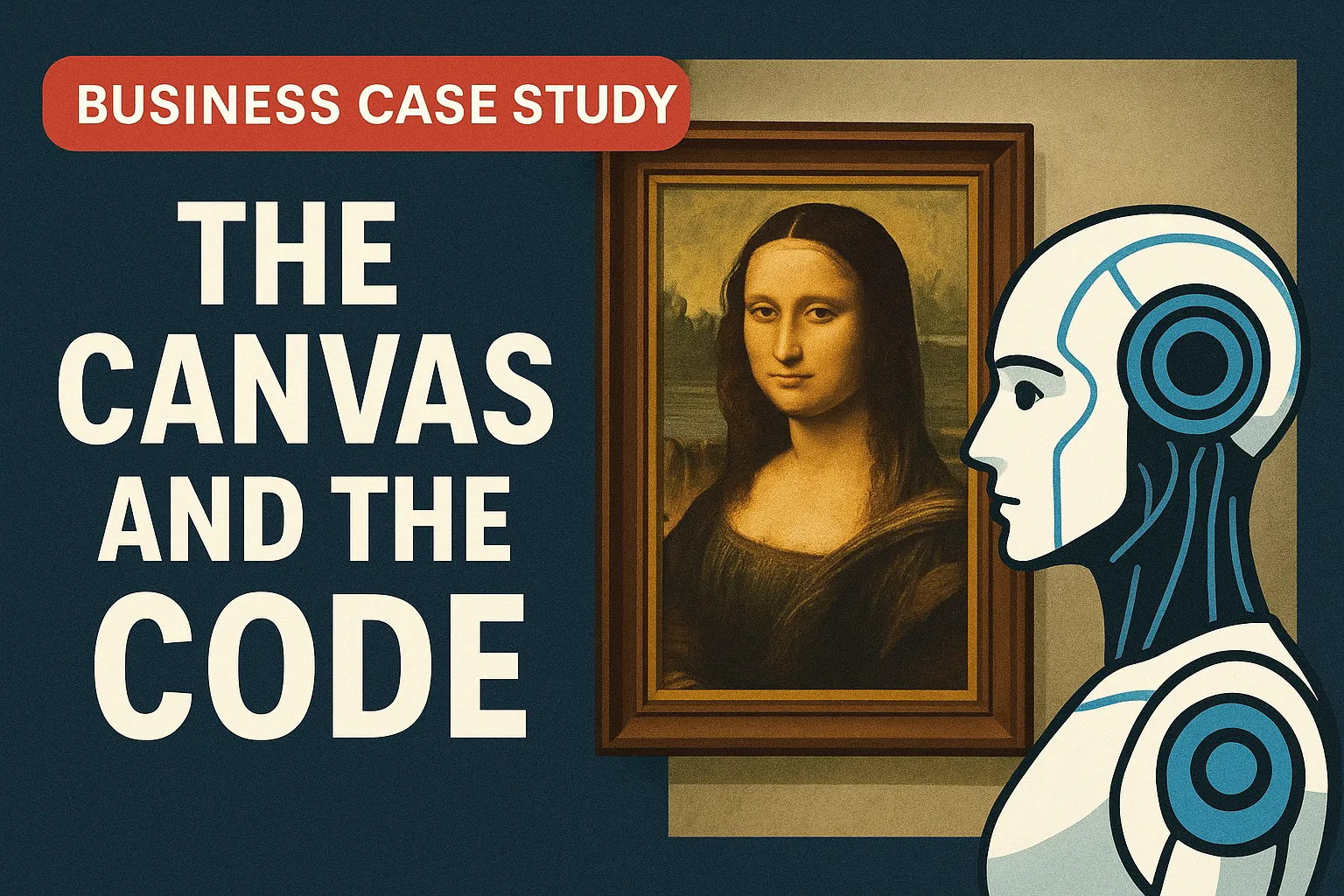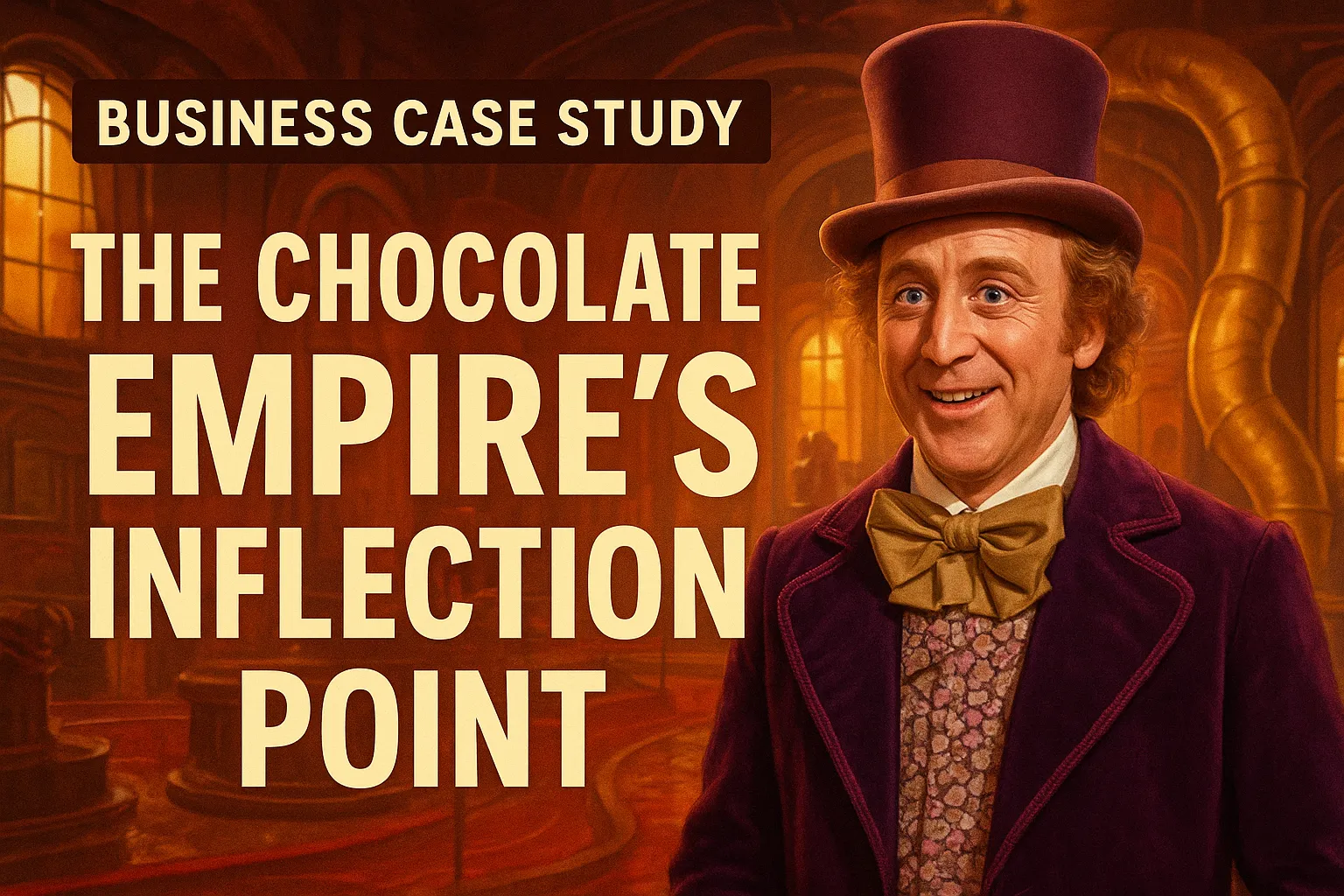 Case Studies Club
Where Strategic Minds Meet
Case Help
Case Studies Club
Where Strategic Minds Meet
Case Help
The Victory Dividend - Allocating Post-Funding Resources
Balancing employee recognition with strategic growth opportunities in a rapidly scaling enterprise
TidyFlow Solutions, riding a wave of recent successes including a significant funding round and major client acquisition, faces an internal dilemma on how to best utilize its newfound resources. The leadership team is divided between immediate employee celebration, direct financial incentives, reinvestment in internal infrastructure, or an aggressive external market push, requiring a careful strategic decision that impacts both morale and future growth.
Core Themes:
Turn Business Challenges Into Strategic Wins
Browse our Insights Marketplace for frameworks and tools that drive results
Explore MarketplaceOverview
The air at TidyFlow Solutions, a nascent titan in the AI-powered scheduling domain, crackles with the aftermath of a triple victory: a substantial Series A funding round, a landmark client acquisition, and a spotlight feature in a prominent tech publication. This confluence of triumphs has ignited a fervent internal debate, a classic dilemma of how best to leverage newfound success—whether to celebrate, reinvest internally, or seize further market opportunities. The core challenge lies in aligning immediate gratification with long-term strategic growth, a decision demanding a keen understanding of organizational morale, operational efficiency, and market dynamics. The analytical approach must pierce through the celebratory haze to unearth the underlying motivations of key stakeholders and project the tangible and intangible returns of each potential path.
Backstory
TidyFlow Solutions began as a flicker of an idea in the bustling, competitive landscape of software development. Two founders, Maya and Jake, driven by an acute awareness of the inefficiencies plaguing traditional home service scheduling, envisioned an AI-powered application that could optimize routes, manage appointments, and streamline communication for plumbers, electricians, and HVAC technicians. Their early days were a familiar tale of lean operations, long nights fueled by lukewarm coffee, and an unwavering belief in their product's disruptive potential. They meticulously built their minimum viable product, secured early adopters through relentless outreach, and iterated based on direct feedback from the field—professionals who lived and breathed the unpredictable rhythm of service calls. This grassroots approach instilled a deep understanding of their target market's pain points, allowing them to craft a solution that resonated deeply. Their initial market position was that of a scrappy innovator, carving out a niche with superior algorithmic efficiency and an int...
🔓 Unlock This Case Study
Access full cases, analysis, recommendations, and community insights


